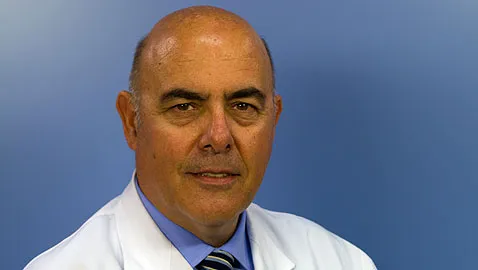The director of the Department of Endocrinology and Nutrition of the University of Navarra Clinic, in Pamplona, Javier Salvador, has pointed out today that the growth of diabetes in Spain has become a public health problem that requires the intervention of the administration.
"It is a public health problem, where the administration has to take action on the matter," Salvador has claimed, before intervening in Soria in the update days in diabetes, included in the healthy Soria program, of the Scientific FoundationRural Box of Soria.
The increase in diabetes is due to changes in lifestyle in recent years, "where overings and sedentary lifestyle is the norm," he lamented in statements to Efe.
Salvador has highlighted the importance of raising awareness among society about this health problem and the need for a healthy lifestyle to follow.
In this sense, he pointed out that fighting diabetes should be a priority of the health policy of Spanish administrations, due to the large range of derived problems it generates in health.
Salvador has recognized the concern between the medical community for the growth of diabetes cases, especially type 2.
In Spain there is an approximate rate of 14 percent of the population with diabetes, of which "only half is aware of the diagnosis."
Salvador has highlighted the importance of "uncovering" these cases, in order to apply the most appropriate treatment.
The prevalence is increasing, as he pointed out, in hand with the growth of obesity among the Spanish population, "which makes the pancreas work more and worse."
Salvador has pointed out that diabetes can affect the kidneys from peripheral nerves, in which it generates a sensation of cramps, anthill and even pain, in addition to being responsible for cardiovascular accidents.
"We have to detect it as soon as possible and teach patients to control," he stressed.
Salvador has pointed out that the best possible prevention is to avoid obesity, through food diet and exercise, especially in people with a history.
He also highlighted the importance of early detecting the disease, through a glucose analysis, from 45 years once every three years.


